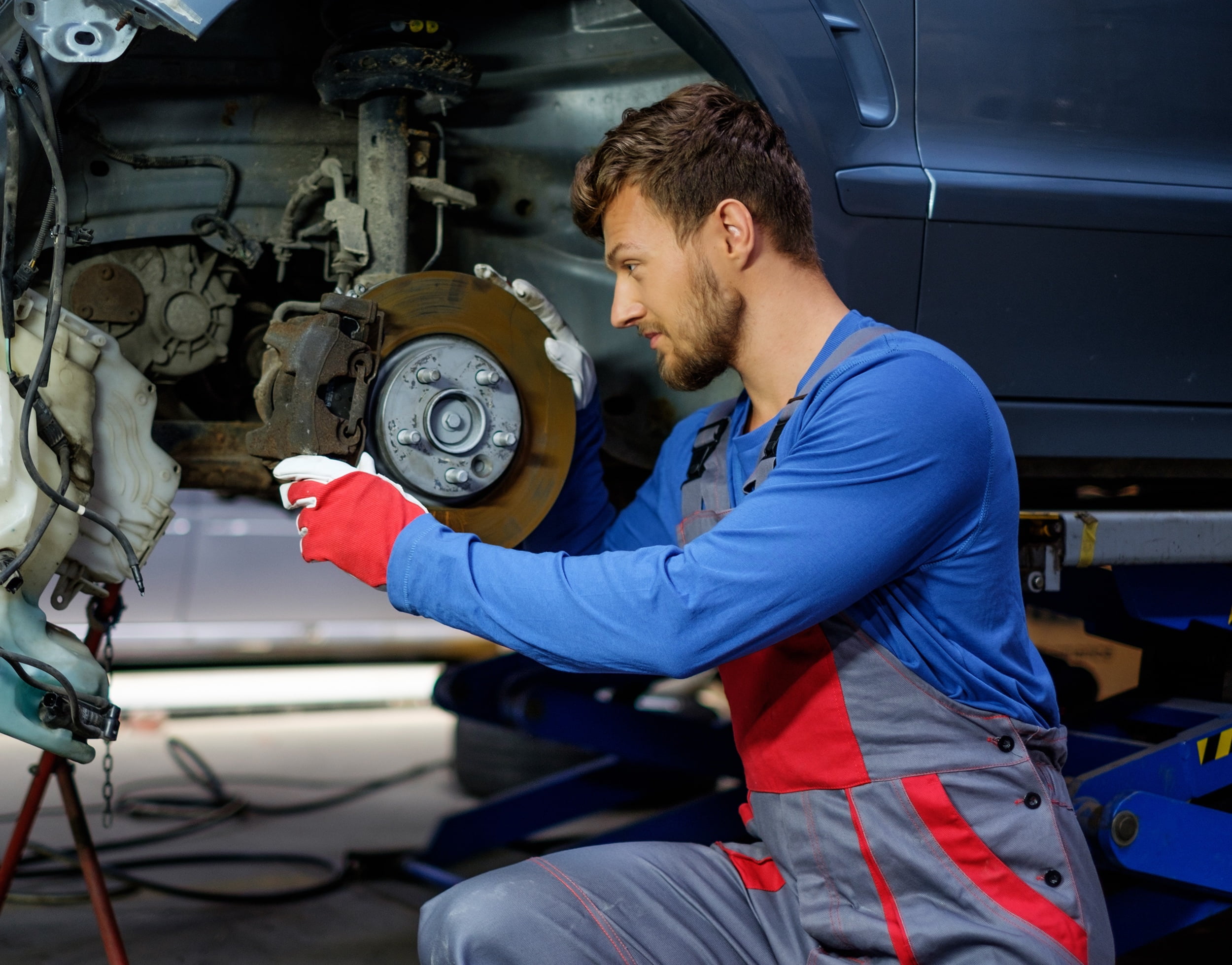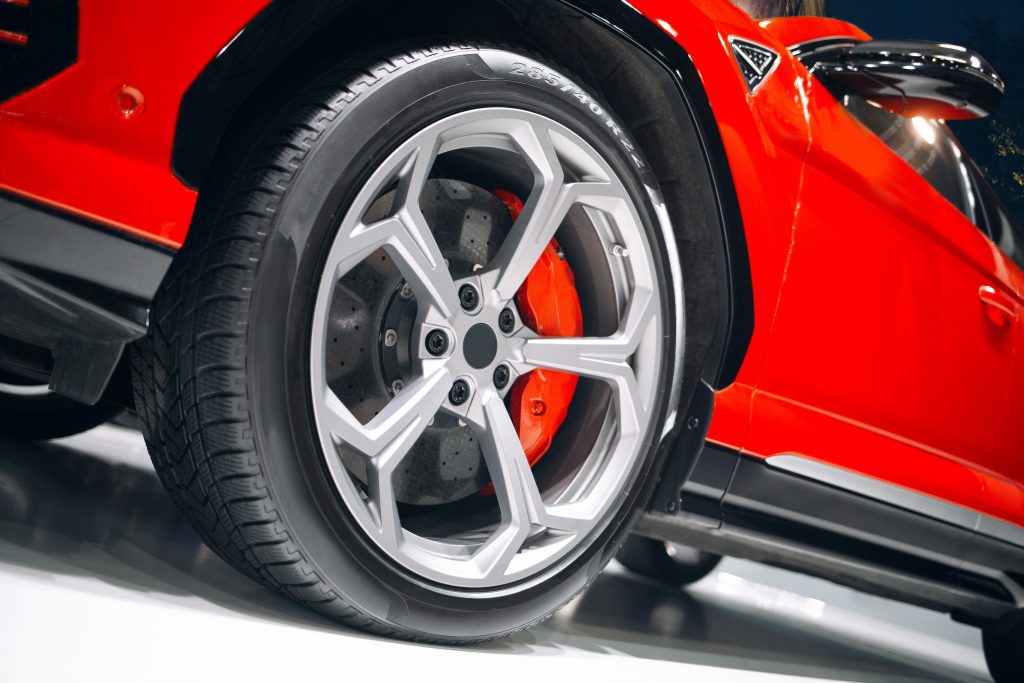When you have a vehicle, the brake system plays a crucial part in ensuring your safety on the road. When driving, keep in mind that safety comes first, and having a decent braking system is something no driver should disregard.
The braking system should be one of your top priorities among the various safety features. Knowing the interior mechanisms of the system can help you pinpoint potential issues.
A Close Look At The Braking Systems
Most modern vehicles have hydraulic braking systems on all four wheels. The crucial components of the braking system include brake pads, brake shoes, brake fluid, and brake rotors. In general, the brakes in the front of the car are more critical than the brakes in the back since weight transfers to the front of the car when braking.
Disc brakes are commonly used at the front of vehicles due to their high efficiency. In contrast, the drum brakes are typically on the back wheels.
What Are The Things To Know About The Braking System?
If you want to know how the braking system works, you should be familiar with some essentials.
How The Hydraulic Braking System Works
A hydraulic brake system consists of cylinders linked by brake pipes that allow the entry of fluids from the hydraulic brake circuit.
As you apply pressure to the brake pedal while driving, a pushrod acts on the master cylinder piston, releasing brake fluid via the pressure chamber and raising hydraulic system pressure.
The increased pressure forces the fluid via the hydraulic lines to one or more caliper pistons, which apply force to your vehicle’s brake pads.
The Essential Components Of The Braking System
You should also know how the braking system components work together while driving.
The master cylinder houses the hydraulic brake fluid, connecting to the brake lines and the brake caliper on each wheel. In a vehicle equipped with disc brakes, fluid pumps out of the master cylinder and into the brake lines, moving toward the brake pistons in each brake caliper every time you press on the brake pedal.
Once the hydraulic fluid pushes on the pistons, they press against the brake pads. The brake pads eventually grip the rotors, and they stop the wheels once they’re clamped down.
The Distinction Between Disc And Drum Brakes
There are two major brakes available on the market: disc brakes and drum brakes. Both have their distinct advantages and drawbacks that you need to know.
Disc brakes are relatively new and more advanced since they boast a highly efficient braking power. Due to their open-air design, disc brakes utilize the same friction principle as drum brakes, but are less susceptible to overheating and dry quickly when wet.
Drum brakes have been around as the original in-tire braking system. Since its components are housed inside a metal drum, excessive heating occurs, which generates less friction, making it less effective in slowing the wheels, which is often called brake fade. Although there are innovations in the latest drum brakes, brake fade remains an issue. Due to this concern, drum brakes are found at the back wheels.
Generally, disc brakes are highly effective at quickly putting a vehicle to a halt, and most modern vehicles are equipped with disc brakes on the front tires, while some are present on all four tires.
The Importance Of Regular Brake Inspections
A comprehensive brake inspection is crucial to ensure the functionality of the system. Professionals will thoroughly inspect the system for potential issues. Remember that it can be a risky ordeal to overlook routine maintenance, especially when driving in snowy conditions.
During an inspection, a technician will carefully inspect the following:
- Master cylinder fluid exchange
- Condition of the brake fluid. The fluid plays an important role, so the braking system works efficiently. Once pressure is produced in the brake fluid lines, energy is dispersed to the brake components to stop your vehicle. Once there’s a leak, your car might take some time to stop or will not stop at all.
- Pads or shoes are the components that reach the rotors and produce friction to stop your vehicle.
- Calipers are responsible for placing pressure and activating the brake pads, so they create a connection with the rotors. The calipers require brake fluid to function properly.
- Brake rotors or discs are what the brakes clamp on to stop the wheels from turning.
- Wheel cylinders
- Springs and adjusters
- The brake hose is where the brake fluid moves through to reach each caliper, which puts the brake pads into action.
- Parking brake cables
- Wheel bearings and grease seals
A routine braking system maintenance, ideally every year, will give you peace of mind that the system in your vehicle stays in good shape, as well as ensure your safety on the road.
To further ensure your safety on the road, participating in the Drive It Home program can provide you with invaluable knowledge and skills for safe driving. This program is designed to enhance driver awareness and understanding of vehicle safety features, including the braking system


